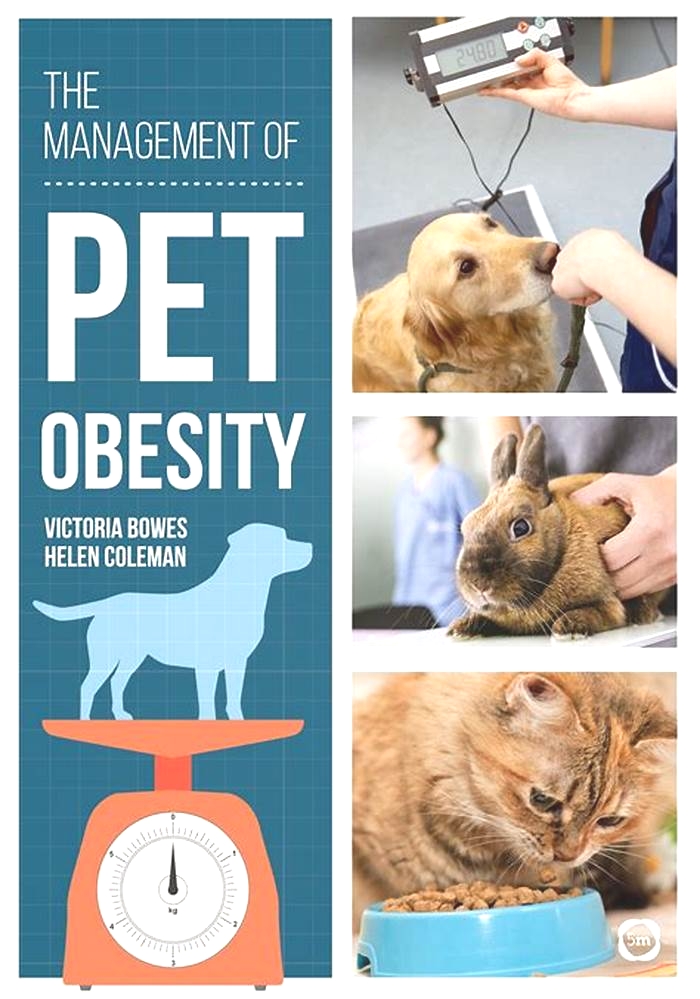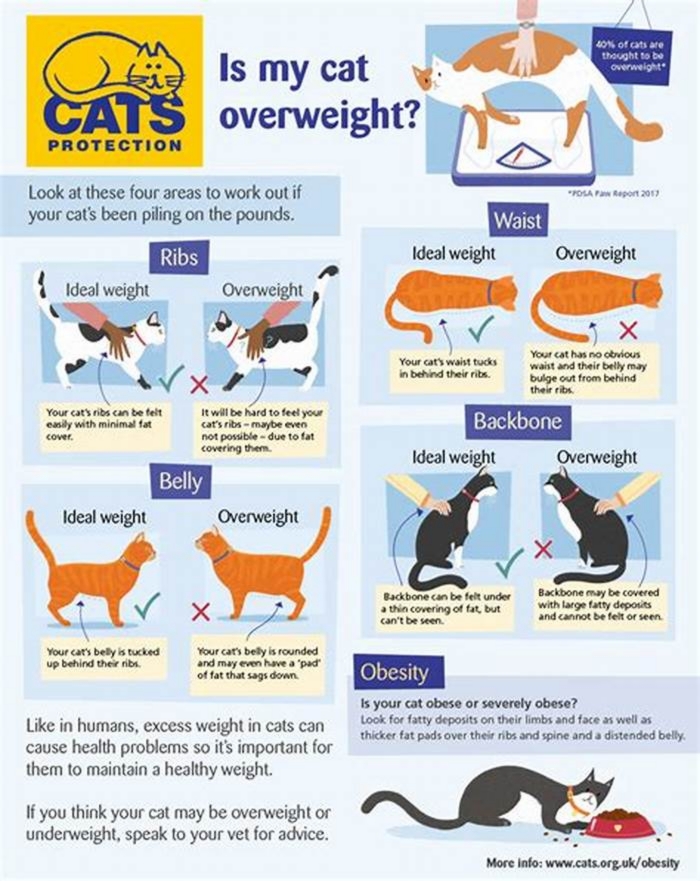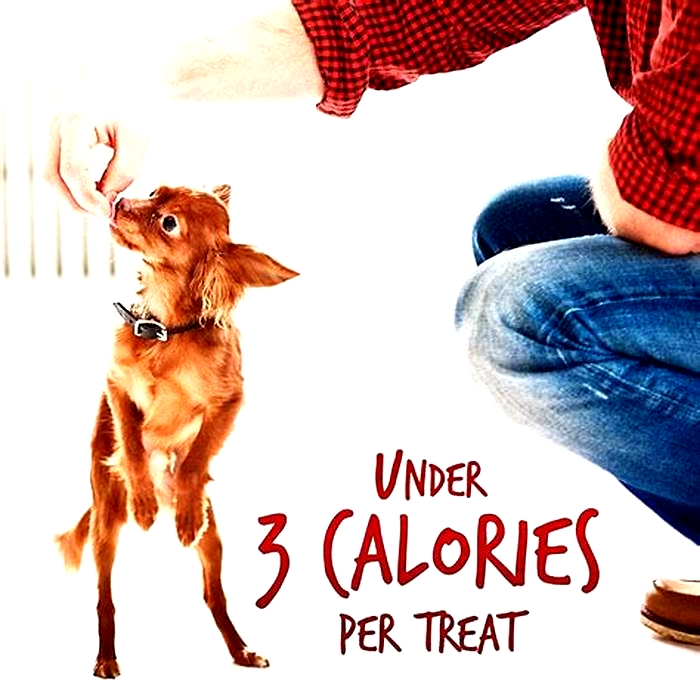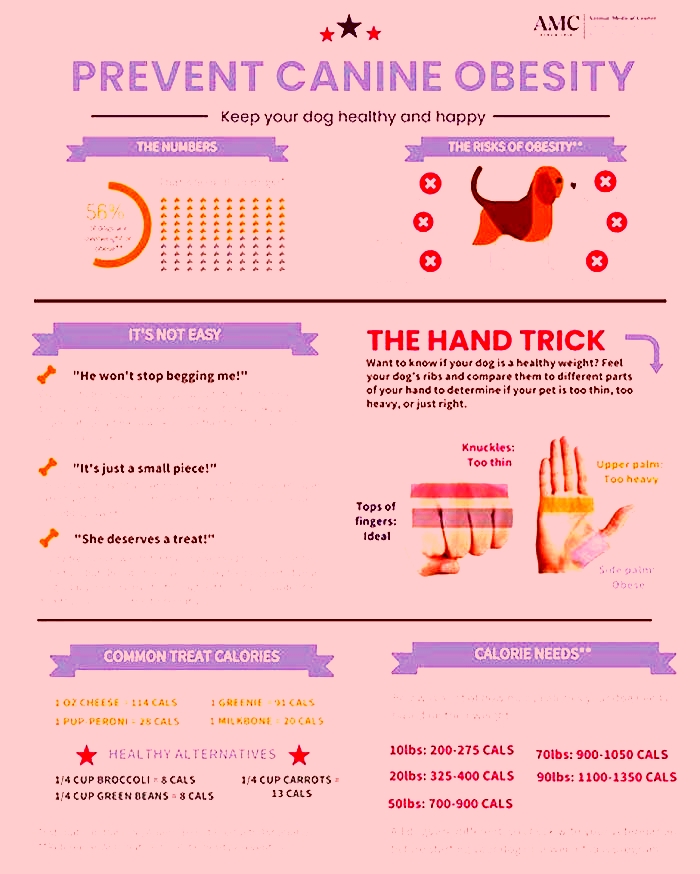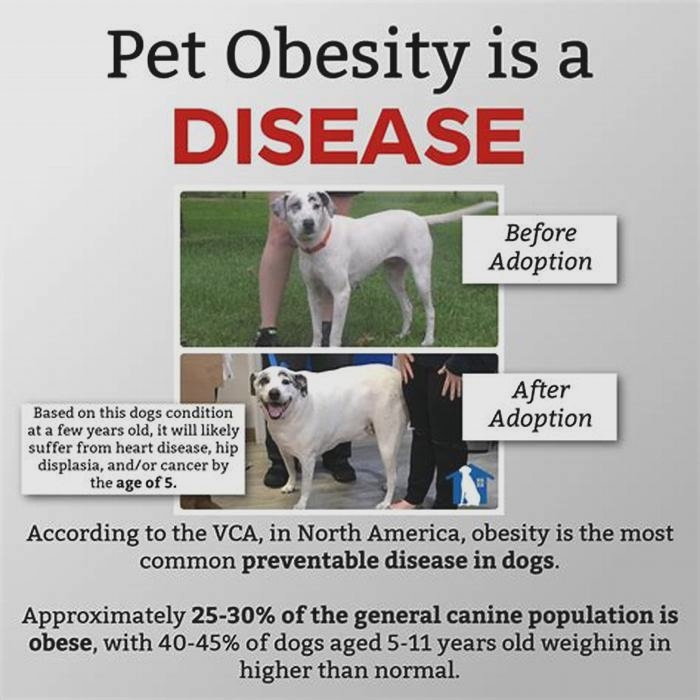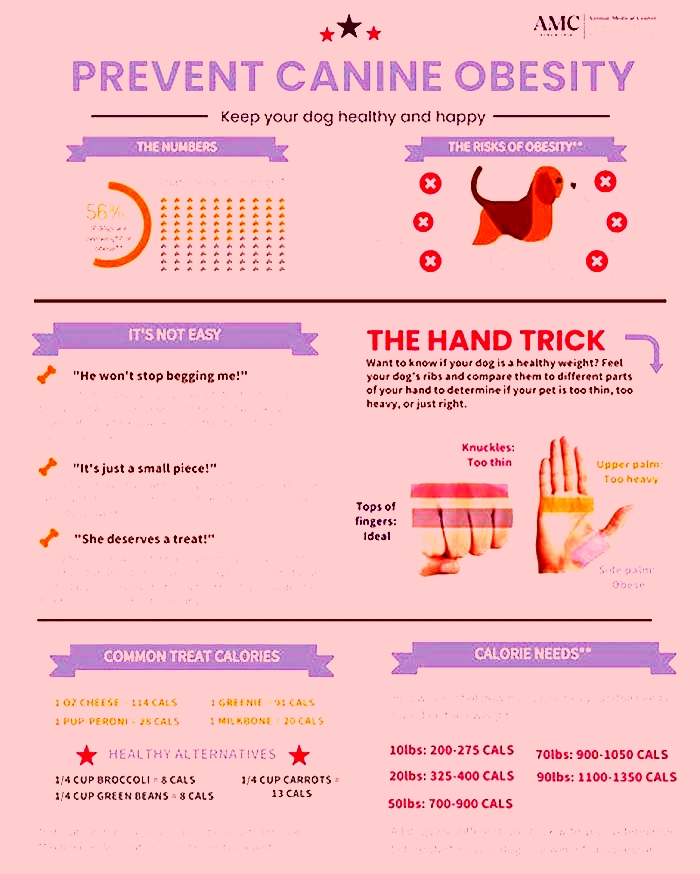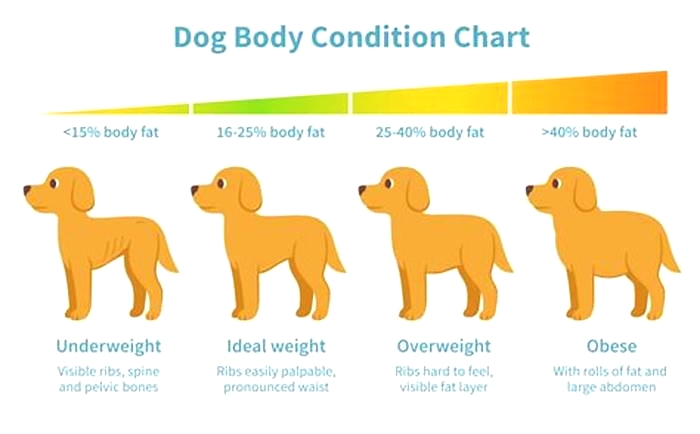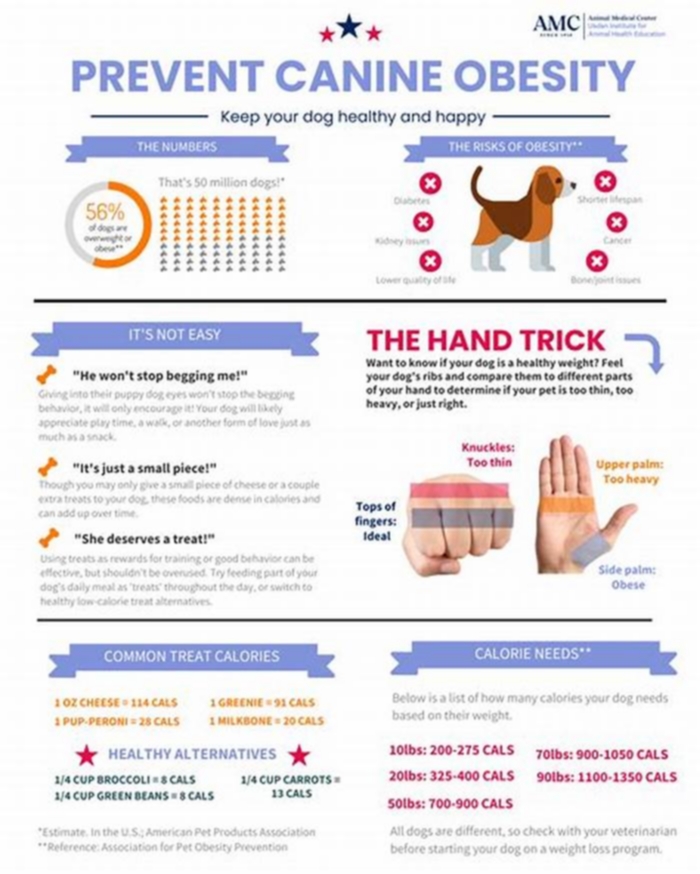How do you treat obesity in dogs
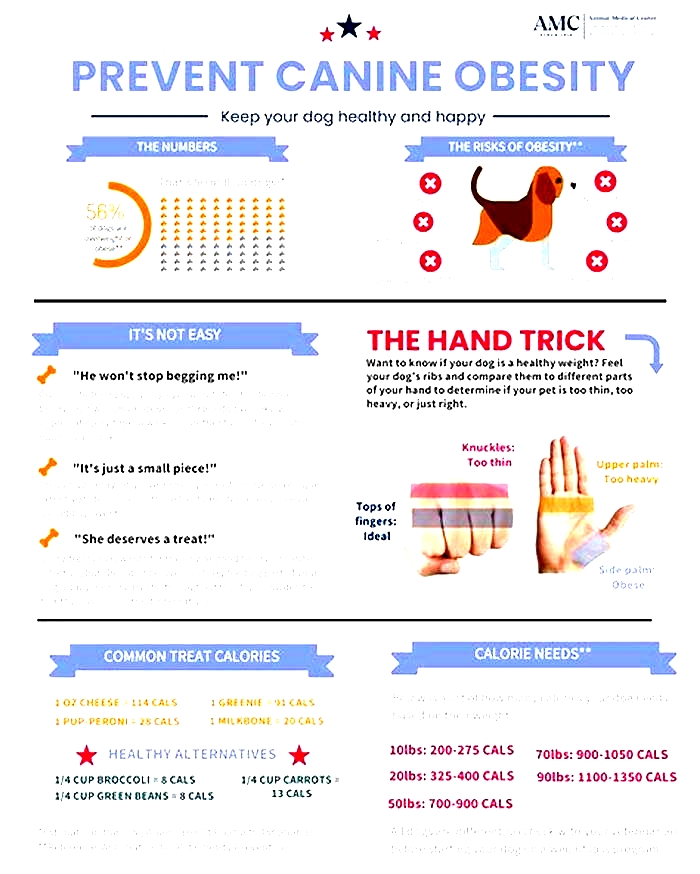
Obesity
A common problem in dogs
Obesity, or excessive body fat resulting in an overweight condition, is sadly an extremely common and preventable problem affecting our pets, with more and more cases seen every year. In fact, canine obesity is the most common nutritional disorder seen in dogs. As with humans, it's caused by an imbalance of taking in more energy than giving out.
How to know if your dog is overweight
Signs your dog is overweight include:
- owners struggling to see or feel their dog's ribs, spine or waistline
- abdominal sagging
- a bigger, rounder face
- a reluctance to go for walks or lagging behind
- excessive panting
- tiredness
- needing help getting in and out of cars
- a refusal to move or play games
Problems associated with obesity
Vets see these problems all too often, with obese pets posing greater risks from anaesthetic and surgical complications, heat or exercise intolerance, complications from cardio-respiratory disorders, hormone problems, skin disease, cancer and urogenital disorders even early death. Canine obesity may even contribute to tracheal collapse and laryngeal paralysis too.
Common canine problems suffered as a result of obesity include:
- Diabetes - where the pancreas fails to secrete enough insulin in order to regulate blood glucose levels
- Heart disease - caused by high cholesterol levels
- Arthritis - directly affecting mobility, making it even harder for your pet to lose weight
The dangers of fat
Until fairly recently, fatty tissue was thought to be just a relatively lifeless energy store and insulator; but we now know it secretes hormones affecting appetite, inflammation, insulin sensitivity and bodily function, as well as influencing water balance and blood pressure, leading to kidney disease and high blood pressure.
Factors contributing to canine obesity
Excess energy is stored primarily as fat but many other factors also contribute to canine obesity including age, sex, reproductive status, inactivity, owner's decisions on dog's food intake, diet and palatability, environment, lifestyle, and any underlying disease that impairs exercise and results in excessive weight gain. Some breeds appear to have a higher incidence of obesity, indicating that genetics may play a major part, with unneutered adult dogs often weighing less than neutered dogs of the same breed too.
Neutering
Neutering is usually carried out at a young age - the same time as a natural decrease in growth and energy needs. Oestrogen also slows down fat production, with predictably decreased levels post spaying, so owners who are unaware of this change and continue to feed their pets the same amount of food will usually see a weight gain in their dog.
Age
Like us, ageing dogs become less active, needing less daily energy too. So it's no surprise that if food intake is not decreased proportionately, they can easily pile on the pounds.
Table scraps
Feeding table scraps and other fatty treats may encourage many pets to overeat and gain excessive weight. In some adult dogs, up to half the calories they need are supplied as human food, particularly in toy breeds.
Not measuring out food
Surprisingly, some owners are still unsure about how much to feed their dog, failing to measure food accurately, and sometimes in denial about how much they feed. The size of cup used to measure dry food and the size of bowl used for feeding also affect the amount of food fed to a dog; with owners given a large cup and bowl often providing more food than when a small cup and bowl are used.
Eating with other dogs
The social setting of meals can also influence eating behaviour, with most dogs increasing their food intake when eating alongside other pets in what's known as 'social facilitation'. That said, being an 'only dog' has also been associated with the risk of obesity, which is probably due to being spoilt rotten by its owners.
Ways to prevent obesity
If your dog is overweight, then carefully start changing their feeding habits by:
- increasing exercise (e.g. taking more frequent or longer walks, or taking up a canine activity such as agility or flyball)
- looking at the type of food they eat, as well as their intake:
- create a feeding plan
- incorporate regular visits to your vet for weight loss advice and to have free weight checks
- record your success
Diet
Diets rich in protein and fibre but low in fat are typically recommended for weight loss, as it gives the dog the feeling of being full, but also provides them with more energy. Replacing traditional treats with carrot sticks is a great, healthy way to start. Ensure every family member is given their own pet feeding instructions and never leave any food lying around.
When to feed
Divide your dog's daily amount into several meals and try not to feed them too late, as they won't burn many calories when sleeping.
New foods
Remember, when introducing a new food, do it gradually over a seven-day period, mixing new food with the old, and always check the daily recommended amount.
Don't give scraps
Avoid feeding any leftovers or scraps from the table.Always check the daily recommended feeding guide on the packaging and weigh out the daily amount at the beginning of the day. You can then give 'treats' from this amount during the day, so you don't overfeed.
Speak to your vet
When your animal starts to lose weight, you will notice they are happier, more inclined to exercise, and have a lot more energy. So don't hesitate to book an appointment with your vet for advice and a healthy eating plan to help your dog battle the bulge.
Article author
This article was written byMarc Abraham, a vet based in Brighton who regularly appears on UK television.
Think your dog may be affected?
If you're worried about your dog's health, always contact your vetimmediately!
We are not a veterinary organisation and so we can't give veterinary advice, but if you're worried about any of the issues raised in this article, please contact your local vet practice for further information.
Find a vet near you
If you're looking for a vet practice near you, why not visit the Royal College of Veterinary Surgeons'Find a vetpage.
Obesity in dogs
How to help your dog lose weight
Weight loss plans should be individual to your dog, so it is best to speak to your vet practice for help if you would like your dog to lose weight. Plans will generally consist of changing their diet and making sure they are getting enough exercise.
Diet The best option for many dogs will be a special weight reduction food which has the correct levels of fat, protein, and nutrients to support weight loss whilst helping your dog to not get too hungry. You should measure the amount of food carefully. Your vet or vet nurse can help you work out how much you should be giving to your dog. You should also restrict the amount of treats you give your dog. Read our advice on what to feed your dog and visit our Weigh Up page for more information.
Exercise Alongside a change in diet, you should make sure that your dog is getting enough exercise. The amount of exercise your dog needs depends on their age, breed, and health. Read our advice on how much exercise your dog needs and visit our Weigh Up page for more information.
Monitoring Weight loss in dogs is more successful when you have regular weigh-ins. Many vet practices offer weight clinics and have scales in their waiting room that you can use without an appointment. You should continue monitoring your dogs weight regularly, even after they get to their ideal weight as this will help to keep them at their ideal size. Check out our video on how to weigh your dog at home.
Diabetes in Dogs: Symptoms, Causes, & Treatment
Diabetes is a chronic disease that can affect dogs and cats and other animals (including apes, pigs, and horses) as well as humans. Although diabetes cant be cured, it can be managed very successfully.
Diabetes mellitus, or sugar diabetes, is the type of diabetes seen most often in dogs. It is a metabolism disorder. Metabolism refers to how the body converts food to energy.
To understand what diabetes is, it helps to understand some of this process.
The GlucoseInsulin Connection
The conversion of food nutrients into energy to power the bodys cells involves an ongoing interplay of two things:
- Glucose: essential fuel for the bodys cells. When food is digested, the body breaks down some of the nutrients into glucose, a type of sugar that is a vital source of energy for certain body cells and organs. The glucose is absorbed from the intestines into the blood, which then transports the glucose throughout the body.
- Insulin: in charge of fuel delivery. Meanwhile, an important organ next to the stomach called the pancreas releases the hormone insulin into the body. Insulin acts as a gatekeeper that tells cells to grab glucose and other nutrients out of the bloodstream and use them as fuel.
What Is Diabetes?
With diabetes, the glucose-insulin connection isnt working as it should. Diabetes occurs in dogs in two forms:
- Insulin-deficiency diabetes:This is when the dogs body isnt producing enough insulin. This happens when the pancreas is damaged or otherwise not functioning properly. Dogs with this type of diabetes need daily shots to replace the missing insulin. This is the most common type of diabetes in dogs.
- Insulin-resistance diabetes:This is when the pancreas is producing some insulin, but the dogs body isnt utilizing the insulin as it should. The cells arent responding to the insulins message, so glucose isnt being pulled out of the blood and into the cells. This type of diabetes can especially occur in older, obese dogs.
Female dogs can also develop temporary insulin resistance while in heat or pregnant.
Damage Caused by Diabetes: A Double Whammy
Whatever the type of diabetes, the negative effects on the body are the same. Excessive sugar builds up in the dogs bloodstream, and yet the bodys cells that need that sugar cant access it.
So the bad effects that diabetes causes in the dogs body are twofold:
- Cells are starved for vital fuel. Muscle cells and certain organ cells are deprived of the glucose fuel they need for energy. In response, the body starts breaking down its own fats and proteins to use as alternative fuel.
- High sugar level in the bloodstream damages many organs. Without insulin to help convert the glucose in the bloodstream into fuel, high levels of glucose build up in the blood. Unfortunately, this abnormal blood chemistry acts like a sort of poison and eventually causes multi-organ damage. This often includes damage to the kidneys, eyes, heart, blood vessels, or nerves.
What Are the Symptoms of Diabetes in Dogs?
Early signs. The owner will sometimes notice certain symptoms that can be early signs of diabetes:
- Excessive thirst. The dog may drink frequently and empty the water bowl more often.
- Increased urination. The dog may ask to go outside frequently and may start having accidents in the house. Increased urination (and increased thirst) happens because the body is trying to get rid of excess sugar by sending it out through urine, along with water that bonds to the sugar.
- Weight loss. The dog can lose weight despite eating normal portions. This is because the dog isnt efficiently converting nutrients from its food.
- Increased appetite. The dog can be very hungry all the time because the bodys cells arent getting all the glucose they need, even though the dog is eating a normal amount.
Advanced signs. In more advanced cases of diabetes, symptoms can become more pronounced and can include:
- Loss of appetite
- Lack of energy
- Depressed attitude
- Vomiting
Threats to health. Uncontrolled diabetes can lead to devastating effects on the dogs body, which is why early detection and proper treatment are crucial. Effects of diabetes on the dogs health can include:
- Cataracts (leading to blindness)
- Enlarged liver
- Urinary tract infections
- Seizures
- Kidney failure
- Ketoacidosis, a potentially life-threatening acute condition that can be accompanied by rapid breathing, dehydration, lethargy, vomiting, or sweet-smelling breath; can be triggered by factors such as stress, surgery, fasting, infection, or an underlying health condition combined with low insulin level. Owners of diabetic animals should always have on hand ketone testing sticks and should test their dogs urine if any of the above occurs. If the dogs urine tests positive for ketones, an emergency vet should be called immediately.
Diagnosis
Your veterinarian can do simple tests to check for diabetes, including testing for excessive glucose (sugar) in the blood and urine. Blood tests can also show other indications of diabetes, such as high liver enzymes and electrolyte imbalances.
The sooner diabetes is diagnosed and treatment begun, the better chance the pet has of a normal life.
What Can Make a Dog at Risk for Diabetes?
- Age. While diabetes can occur at any age, it mostly occurs in middle-aged to senior dogs. Most dogs who develop it are age 5 or older when diagnosed.
- Sex. Unspayed female dogs are twice as likely as male dogs to have diabetes.
- Chronic or repeated pancreatitis. Chronic or repeated pancreatitis (inflammation of the pancreas) can eventually cause extensive damage to that organ, resulting in diabetes.
- Obesity. Obesity contributes to insulin resistance and is a risk factor for pancreatitis, which can lead to diabetes.
- Steroid medications. These can cause diabetes when used long-term.
- Cushings disease. With Cushings disease, the body overproduces steroids internally, so this condition also can cause diabetes.
- Other health conditions. Some autoimmune disorders and viral diseases are also thought to possibly trigger diabetes.
- Genetics. Diabetes can occur in any breed or mixed-breed, and it seems genetics can play a role in either increased or reduced risk. A 2003 study found that overall, mixed-breeds are no less prone to diabetes than are purebreds. Among purebreds, breeds vary in susceptibility, some with very low risk and others with higher risk. Some that may be at higher risk include miniature Poodles, Bichons Frises, Pugs, Dachshunds, Miniature Schnauzers, Puli, Samoyeds, Keeshonds, Australian Terriers, Fox Terriers, Cairn Terriers, and Beagles.
Treatment of Diabetes in Dogs
- Diet. Your veterinarian will recommend the best type of diet for your diabetic dog. Usually this will include some good-quality protein, as well as fiber and complex carbohydrates that will help to slow absorption of glucose. Your vet may also recommend a diet with relatively low-fat content.
- Exercise. To help avoid sudden spikes or drops in glucose levels, it is especially important that diabetic dogs maintain a moderate but consistent exercise routine.
- Injections. Most diabetic dogs will require daily shots of insulin under the skin, something that the owner will have to learn to do. Although its understandable to be apprehensive about doing this, its not as hard as it might sound. It can become a quick and easy daily routine that isnt traumatic at all for either dog or owner.
Monitoring and Managing Your Dogs Diabetes
Although some cases may be more challenging, canine diabetes can be usually managed successfully without complications. From giving injections to monitoring glucose levels daily, you will play the primary role in your dogs care, and your commitment to keeping up with his daily shots and monitoring is extremely important.
Your veterinarian will work with you to determine the best management plan for your dog. At the start of treatment this may involve frequent visits to the clinic for testing and medication adjustments, but hopefully the right combination of medication, dosage, diet, and home monitoring will soon be arrived at that will enable you to keep your dogs blood sugar consistently regulated and help him live a full, happy life.
Your dogs diabetes management plan provided by your veterinarian will probably include information about:
If your pet is diagnosed with diabetes, dont panic. With good veterinary support, you should be able to provide the right care for your pet and ensure you both many more happy years together.
Note: The information above is designed to help inform you about canine diabetes and is not meant to take the place of a veterinary diagnosis. If you have questions or concerns about your dogs health or possible symptoms, be sure to contact and consult with your veterinarian right away.

